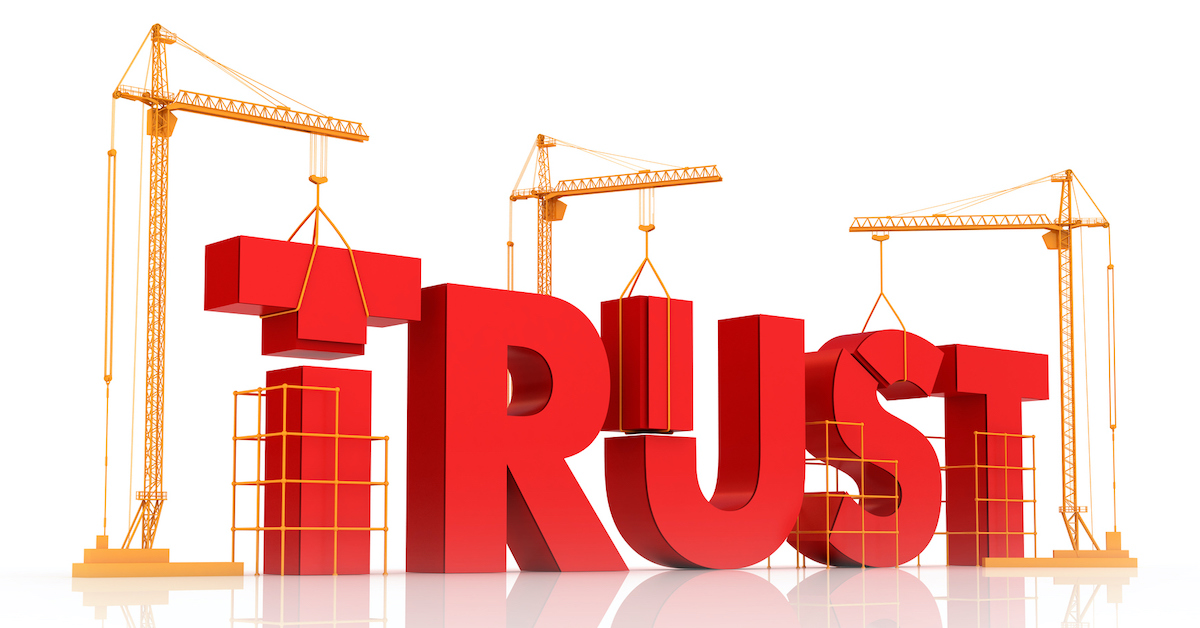

Culture Can Keep Costs Low…
when that culture is effective for dealing with the situations members of the culture confront on a daily basis. If the culture isn’t working costs are high. When an effective culture is shared it is easier for them to trust each other and, as a result, lowers the cost of coordination and learning between members of the culture.
Cultural Differences Can Trigger Suspicions and Distrust that Add Costs
even when the cultures are effective in their specific situations. When members of different departments, companies or industry cultures begin working with members of different cultures it can be disorienting. It can seem as if the other department, company or industry doesn’t do things “right”. Instead of coordination being seamless and the meaning, relevance, value, and purposes of practices understood, there is, at best, quite a bit of explaining and education that slows things down and, at worst, distrust that blocks conversations from happening.
General Stanley McChrystal, author of the best selling book, “Team of Teams“, describes the point at which your team culture ends and another begins as the place where team members say the other team “sucks” or “they don’t get it”. Distrust is a huge barrier to speed and competitiveness as McChrystal demonstrates in his book and as we’ve seen time and again over the twenty-plus years we’ve been in business and producing significantly better outcomes than our competition.
Cultural Practices are “Trans-Generational”
People join the culture (team, department, company, etc.) and people leave the culture and the practices just keep going. Years ago new male employees at IBM knew that part of what it meant to work at IBM was to dress in the required blue suit, white shirt, and red tie. Older employees retired and new employees started work and they all wore the same uniform. No one even needed to talk much about it. It was assumed. It made you a member. People who didn’t wear “the uniform” didn’t “get it”. I expect it is the exact opposite today…unless you are a lawyer or banker.

Hygiene practices are that way in modern culture. People wash their hands, brush their teeth, bath, etc. and, as a result, people live longer today than they did in medieval times. While people learn these practices from their parents, as adults they are assumed. When people don’t have good hygiene they are noticed. People know poor hygiene by one person can be a problem for everyone when that person spreads germs that can make people sick. Good hygiene is necessary to maintain our standard of living and for living a healthy life.
New Tools Produce New Cultural Practices
When situations (like new tools) in the marketplace change and the old ways of working — that were used for generations — no longer produce competitive advantages but lead to failure, practices and the cultures that support them must change.
Today’s new tools have changed the game, just like they did in previous industrial revolutions. The tools of the last industrial revolution enabled division of labor and specialization. Operators and their machines performed standardized work sequenced in assembly lines. Alfred Sloan at GM used these principles to create the hierarchical business structures that are so common today, using standardized work and division of labor between departments. GM became the most powerful business in the world in the most powerful industry in the world, while crushing their competition.
When Cultural Practices Don’t Work They Can Literally Kill Your Company
Companies could be successful in the last industrial revolution using processes and procedures invented by a select few and managed inside a slow-moving bureaucracy where everyone did their “standard work” and handed their work product off to the next person in the process.
Today, with the rate of change accelerating, incremental process improvements are no longer enough by themselves. Whole organizations must now be able to invent rather than a select few at the top because the select few can’t interpret every new situation and invent every new solution when situations and solutions are changing so quickly and at constantly-increasing rates. The “DMV” mindset must give way to a new way of organizing and competing as I write about in, “Are Your Support Organizations Operating with a ‘DMV/Department’ Mindset?”
Does Your Supplier’s Culture Matter?
It goes without saying we need our suppliers to be able to be competitive. The need to be able to continue to invent new capabilities that make them and us more competitive is essential to success. The extent to which the supplier is a strategic supplier, with strong relationships between their employees and yours, it is all the more important. As parents we know it’s important to stop our children from playing with other children that are a bad influence. They pick up bad practices and habits as easily as catching a cold. We have to be equally vigilant with our teams.
Our suppliers must help make our companies more resilient. Just as our internal organizations must operate like a resilient network, able to respond quickly as the operating environment changes, so too must strategic suppliers. They must be focused on the outcomes their customers are out to produce and help them to produce those outcomes. Strategic suppliers must become part of the resilient network we write about it, “Accelerate Enterprise Processes with Trustworthy Networks-of-Test-Capabilities.”
Companies Must Produce, Nurture and Protect Their Competitive Culture
Just like parents protect their children from “bad” influences, so too must companies act with vigilance to prevent the old, ineffective mindsets of outside influences from holding back their own company’s transformation. It is difficult enough producing a competitive culture without outside influences unwittingly producing new barriers to change. When “recatching” an old culture, one bad apple can spoil the bunch.
Request a Demo

See how Scireo aEAM Software drops asset and support costs by 50% while accelerating time-to-market 2X.
Relevant Content
Case Study: Aerospace Company Drives One Company Synergies
Like many aerospace companies, this one had many sites and different legacy cultures on each. See how they installed common resource management tools, increased utilization 3X and funded new programs.
Equipment Utilization Case Study: Space Company Leverages Assets
The hoarding culture was slowing this company down while impacting cost and quality. See how a journey to common processes and collaboration lead to a 50% reduction in assets as their business doubled.
Accelerate Enterprise Processes with Trustworthy Networks-of-Test-Capabilities
We’ve Been Building Resilient and Trustworthy Test Networks for Over 20 Years. Operations supported by test equipment are one of the most costly asset-intensive environments in large manufacturing companies. The practices and tools we use to build our customers’ asset networks are proven by results: reducing equipment spend over 50% while decrease critical process cycle…
Are Your Support Organizations Operating With a “DMV/Department” Mindset?
I use the Department of Motor Vehicles (DMV) on purpose. We all know what it feels like to go into those organizations and attempt to be treated like a customer. In a recent move, I learned that not all DMVs are so terrible, but none of them are good. Good people trying hard can make…
Are You Building a Foundation for Speed?
Every solution you install in your company should enable you to increase your speed and reduce cost, and minimally should “do no harm” in either area. Most solutions today fail this test and inadvertently reinforce old behaviors that add costs and delays because they aren’t designed to produce a foundation of trust. Our solutions are…
“Good Intentions” without Capability is a Costly Trap. An Asset Management Example.
The Good Intentions Trap is Costly If achieving a big result looks too easy, it probably is and will probably be a costly venture. It is a trap we are all vulnerable to when we don’t understand all of the underlying mechanics required to produce an outcome in a given set of circumstances. We are…
Notable Quotes
“Sente produces these results by designing and executing real cultural changes in behavior across our test organization enabled by the software and associated practices that were implemented with our test engineering teams.”
Business Area Director, Space Electronics










